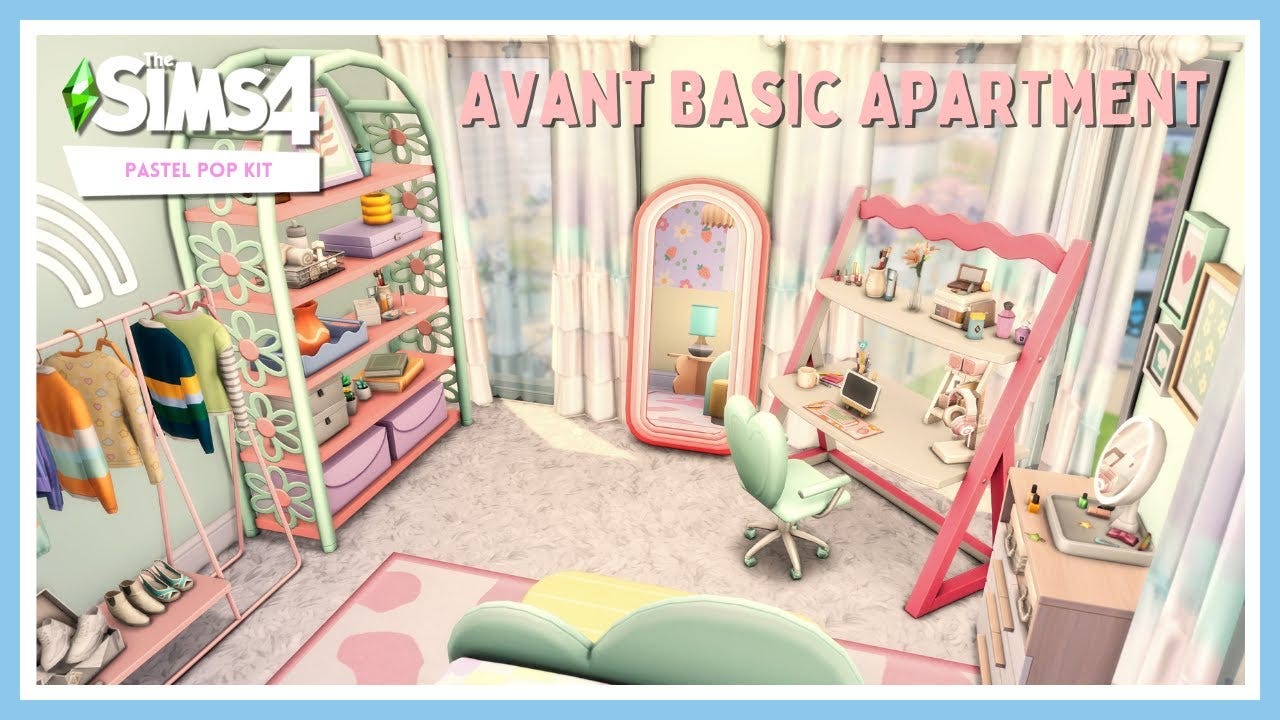something that’s only recently struck me is the complete impersonality of the internet’s various “__-core”s and aesthetics. my last post touched on this; the easy-to-replicate, copy-paste formula for uniqueness, but i think there’s something more to it than that.
there’s a general air of nihilism online, caused by complete exposure to a constant and unyielding flurry of what feels like every single piece of information to ever exist. it feels violating for a while, invasive to previously occupied thoughts, until the anxiety gradually morphs into hopelessness. and i think that this hopelessness is what (at least partially1) leads to these niche aesthetics going viral. when you have less energy and less attachment to reality, you find other ways to be happy that don’t require energy or attachmentto reality (i.e. the “__-cores”)2 .
aesthetic pleasure can be observed from a distance. hyper-specific “cores” online are rigid templates, able to be experienced without needing to be particularly grounded or connected to the visual. participants could effectively be watching themselves through a screen without any difference in the satisfaction they feel from seeing a perfectly organized “avant basic” or “ballet-core” living room. it’s a satisfaction that can be furthered by a quick order on amazon or SHIEN-home, and physically manifested to match the antiseptic cleanliness of an Instagram feed or Pinterest board.
this way of engaging with the world has unquestionably been influenced by social media. it’s social interaction that treats other people as mindless SIM’s characters — floating green prism included — , and environments as untouchable digital spaces to gaze upon in pure rapture.
in a recent essay charlie squire (
) explored her discomfort at the cold, almost clinical pastel checker-boards and “flower market” prints of Instagram store core.“ At its heart, the popularization of Instagram Store Core reaffirms a growing sentiment in digital culture: everyone is a content producer, everything is content, and we should always be posting. ”
this sterilized aesthetic is completely dissociated from any individuality, because existing is painful, and viewing yourself less as a person and more as a brand — even off social media — feels safe. maybe even comforting.
striving to become a detached, almost corporate archetype (and to extend that to living spaces), places a conscious barrier between environment and anything remotely personal. because these rooms aren’t meant to be lived in. they are meant to be admired from a distance, to be photographed and pinned to “bedroom inspo” Pinterest boards along with dozens of identical images.
these aesthetics are supposedly home, yet have had any signs of human residence scrubbed away by a desire for isolated and disembodied beauty. even more than an artificial uniqueness, it is an extension of social media into real life.
other factors include marketing, over-consumption, micro-trends etc
see also the studies on why gen z is more anxious than any other generation.







also i think this collective strive to achieve a certain style of "__core" is also rooted in a need to feel a sense of online community
viewing yourself less as a person and more as a brand so true